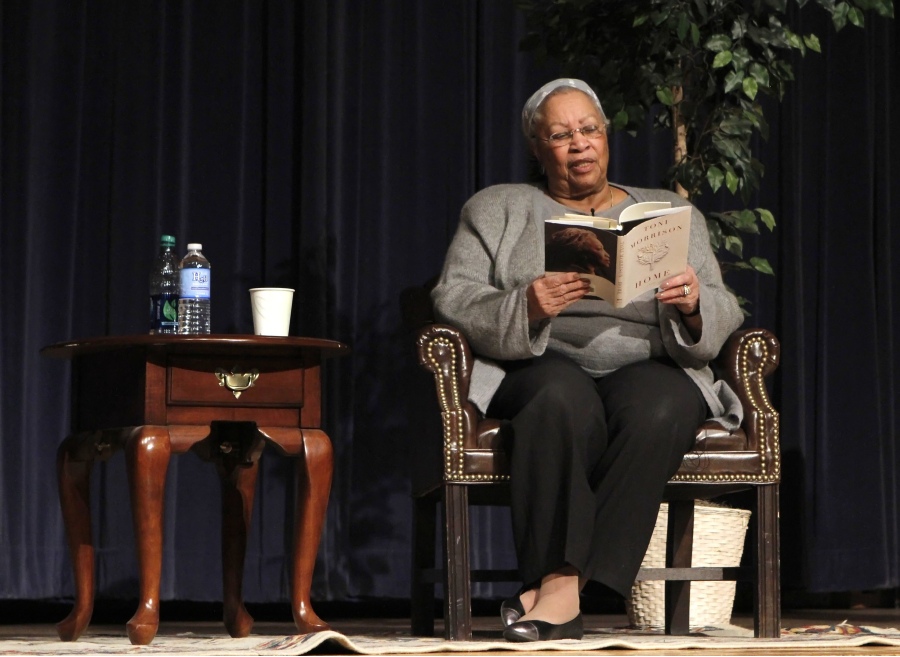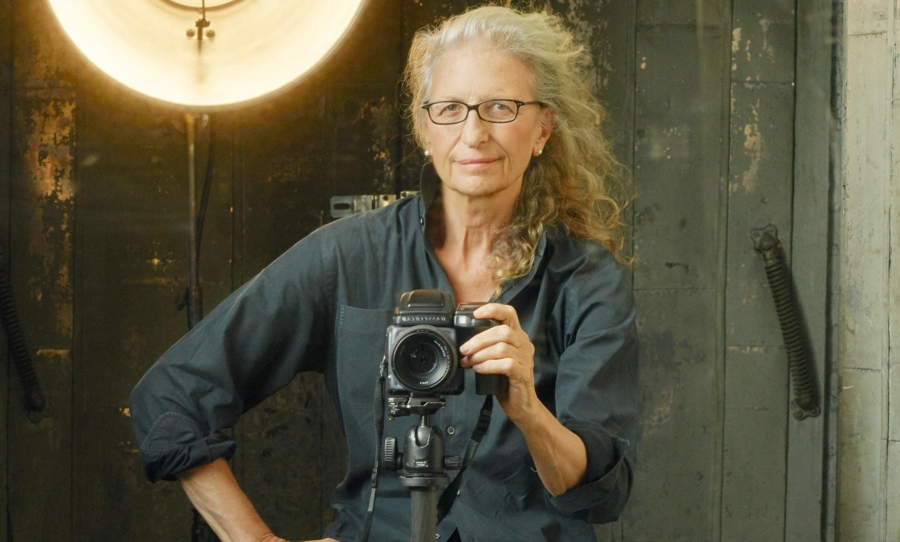To recap the socio-political upheaval of the ’90s, we’ve collected a list of the best non-fiction books of the era.
Non-fiction books are often seen as a mirror of public interests, as well as a documented reflection of the times. The ’90s were arguably one of the most dramatic decades in history, in terms of political, social and economic change. The beginnings of the opioid crisis in America, the dissolution of the Soviet Union, the rise of terrorism, the 1992 Los Angeles riots and The Million Man March, marked a change in public consciousness around democracy, race, history and health.
As expected, many of the most successful non-fiction books traversed these terrains to profound and radically transformative effect. Below, we’ve organised a list of the best non-fiction books of the era.

Black Feminist Thought: Knowledge, Consciousness and the Politics of Empowerment – Patricia Hill Collins (1990)
In Black Feminist Thought, Patricia Hill Collins provides a framework to interpret the works of Black feminist intellectuals and writers like Angela Davis, bell hooks, Alice Walker, and Audre Lorde. Now used in many African American Literature and Gender Studies courses, Collins’ non-fiction book discusses themes like outsider-within (where she the term describes the social location of black women in domestic work in the early 20th century), the reclaiming of Black feminist intellectual traditions, the matrix of domination (the “structural, disciplinary, hegemonic, and interpersonal domains of power reappear across quite different forms of oppression”), media representation of Black women; Black women’s resistance against controlling images and a collective Black female consciousness.
As of 2021, Black Feminist Thought still remains as one of the most influential and widely taught, works of intersectional social theory in the world.
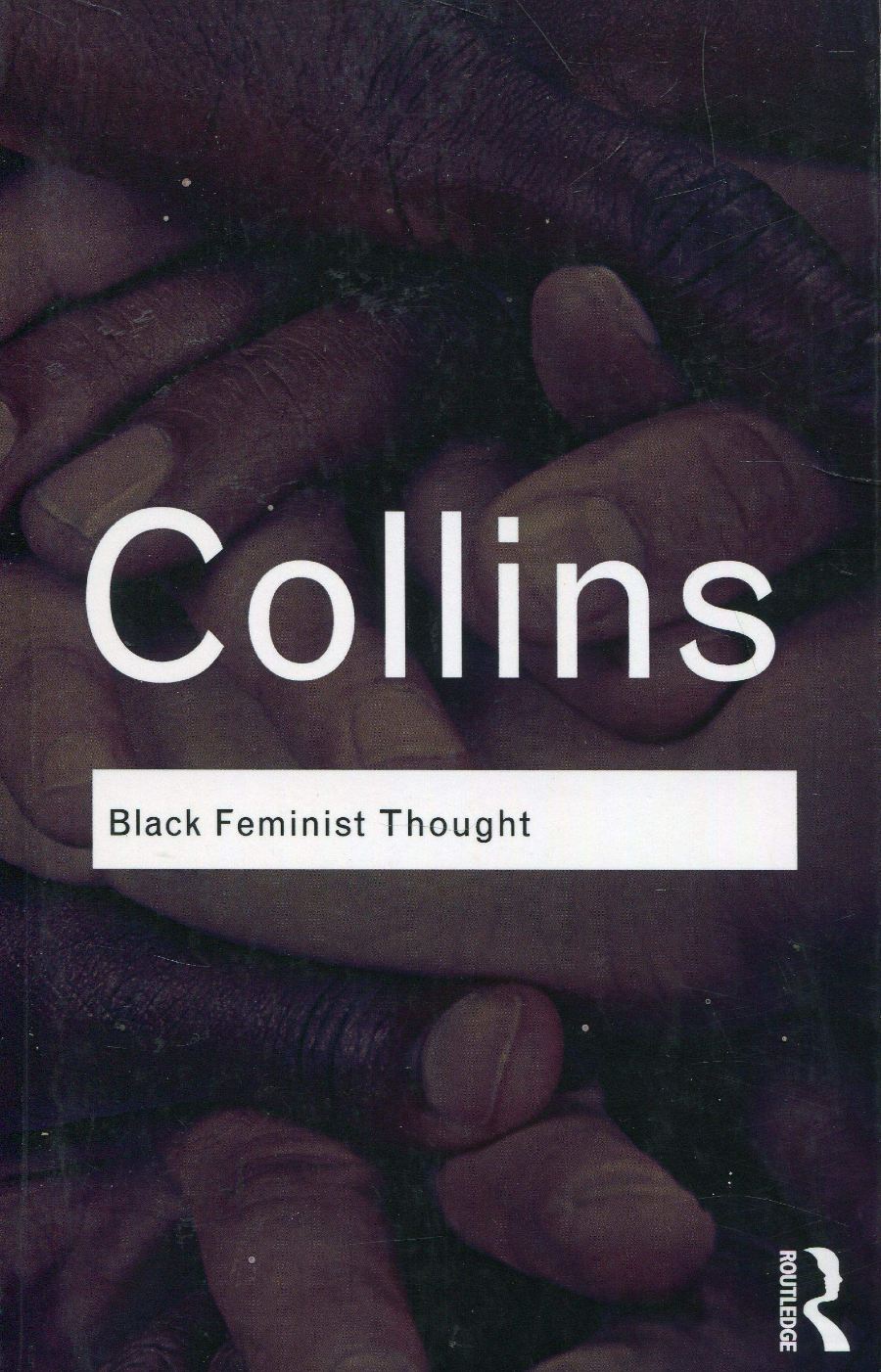
Consciousness Explained – Daniel Dennett (1991)
Daniel Dennett’s non-fiction book, Consciousness Explained, is expectedly controversial amongst philosophers. It offers multiple arguments to explain how consciousness is a result of interactions between physical and cognitive events in the brain. As reviewed by George Johnson in the New York Times, “Since brains are made from the same atoms as everything else, there must be some way to unify mind and matter. The alternative would be to go against the Ockhamite tradition and, like Descartes, admit mind as a separate substance operating outside the laws of physics.
“Daniel C. Dennett, the director of the Center for Cognitive Studies at Tufts University, is one of a handful of philosophers who feel this quest is so important that they have become as conversant in psychology, neuroscience and computer science as they are in philosophy. ‘Consciousness Explained’ is his attempt, as audacious as its title, to come up with a scientific explanation for that feeling, sometimes painful, sometimes exhilarating, of being alive and aware, the object of one’s own deliberations.”

Freedom from Fear – Aung San Suu Kyi (1991)
At the time of Freedom of Fear’s publication, Aung San Suu Kyi was one of the world’s most respected, international icons of peace — having been awarded the Nobel Peace Prize, amongst other international recognitions, for her efforts in promoting democracy. Despite her fall from grace amidst the Burmese persecution of Rohingya Muslims, Freedom of Fear remains one of the most notable literary outputs from the former State Counsellor of Myanmar.
It’s a collection of her writings during six years’ house arrest in Rangoon, where she was held as a prisoner of conscience, as well as her Nobel Peace Prize speech, the titular Freedom of Fear essay, and interviews, speeches and letters of a woman once known as ‘Burma’s woman of destiny.’
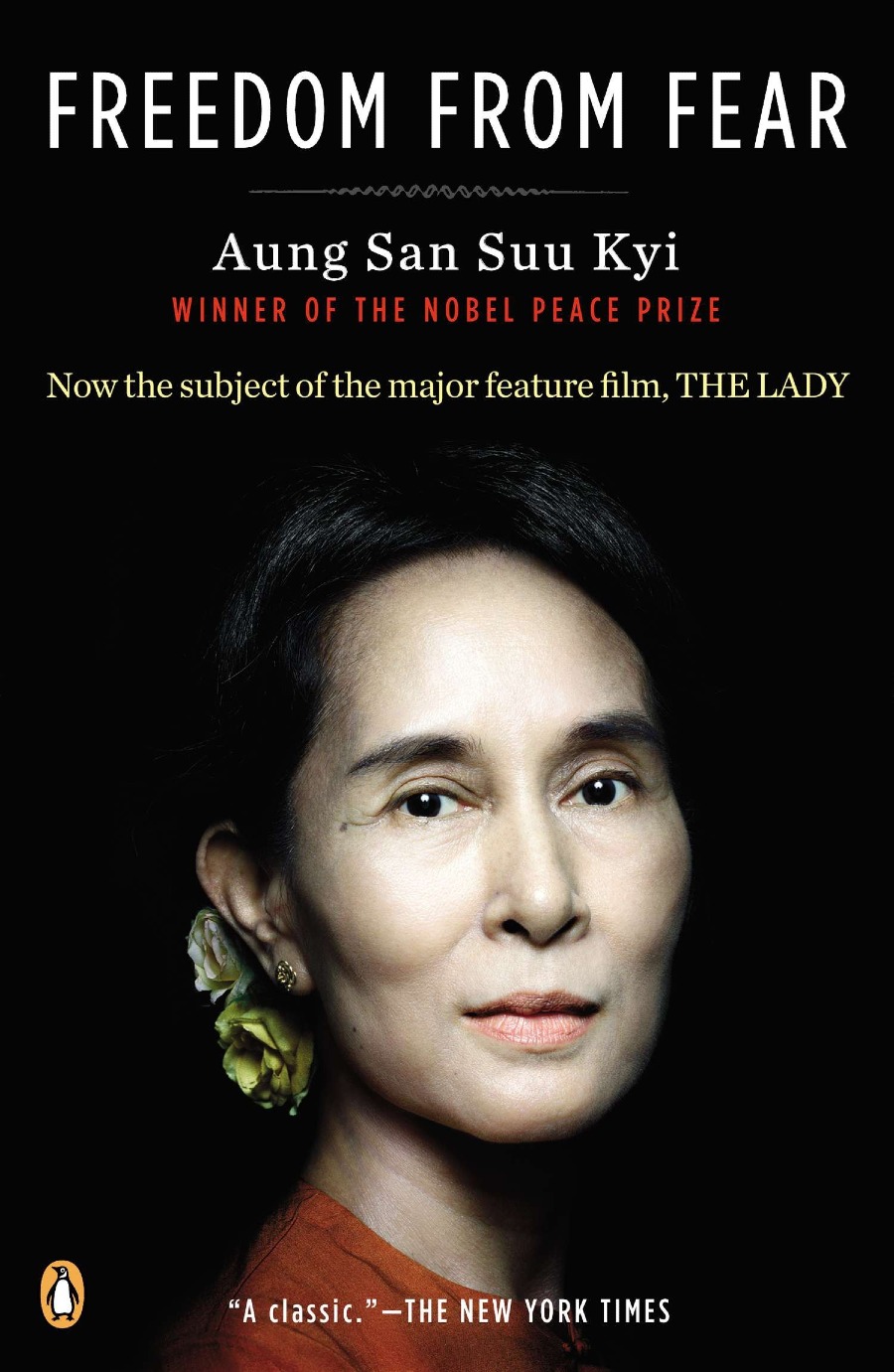
Daughter of Persia – Sattareh Farman Farmaian (1992)
Chronicling the life of Sattareh Farman Farmaian, the 15th child of an Iranian prince, Daughter of Persia narrates the author’s life as she defies Iranian tradition and travels to the U.S. for her education, and then her 20-year-long battle for equality, education and social justice when she returns to Tehran, until her inevitable need to flee after the collapse of the Shah’s regime.
Contextualised by the increasing political volatility of Iran in the 20th century, Daughter of Persia presents an insider’s perspective on the roots, and eventual expansion, of the Islamic Revolution, and paints a rich, enthralling portrait of human experience.

Playing in the Dark: Whiteness and the Literary Imagination – Toni Morrison (1992)
Playing in Dark is a bold work of literary criticism by one of America’s most beloved, accomplished authors. As academics Donald Klein and Hisham M. Amin write in the African American Review, “[In Playing in the Dark] Morrison argues that American literature–as well as the body politic, the church, and other definitive elements of American society–have been shaped significantly by the dynamics of this coexistence.
“Boldly, the author raises the question of whether ‘the major and championed characteristics of our national literature–individualism, masculinity, social engagement versus historical isolation; acute and ambiguous moral problematics; the thematics of innocence coupled with an obsession with figurations of death and hell–are not in fact responses to a dark, abiding, signing Africanist presence.'”
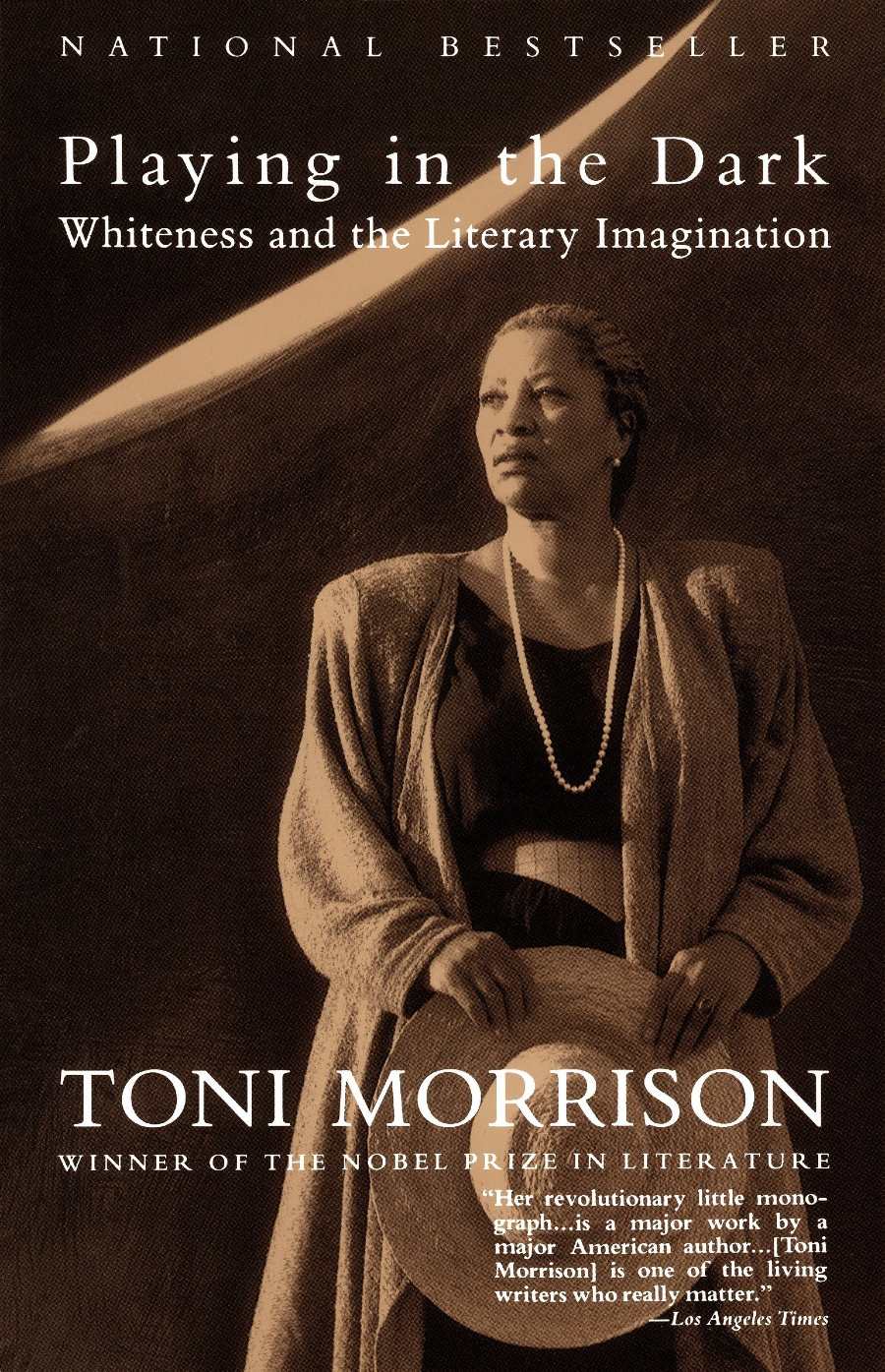
The End of the Twentieth Century and the End of the Modern Age – John Lukacs (1993)
The End of the Twentieth Century And the End of the Modern Age is a historical non-fiction book that spans an era from the guns of August 1914 — the beginning of WWI — to the collapse of the Soviet Empire in 1989, summarising the intricate political history of Europe and the Americas. John Lukacs’ book details the warring nationalisms between the two continents, and how the “end of the Modern age” was not the expected harbinger of liberalised democracy, but rather the sign of a more turbulent, questionable future.
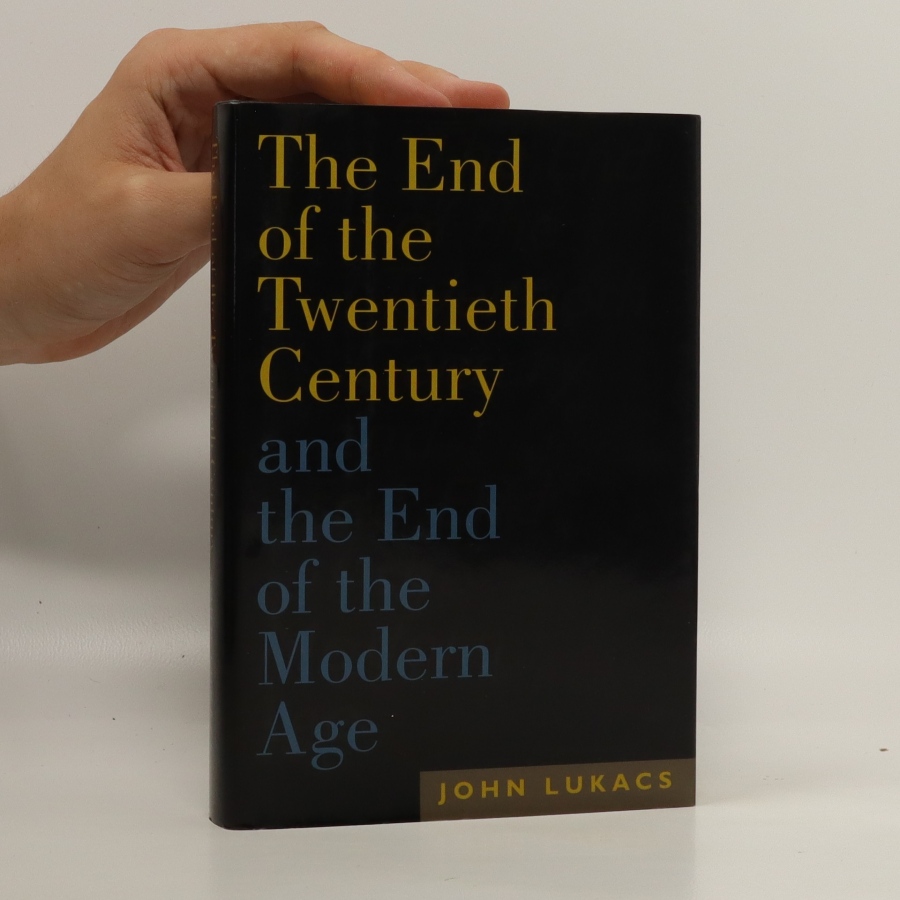
Lenin’s Tomb: The Last Days Of The Soviet Empire – David Remnick (1993)
Part-history, part-eyewitness account, Lenin’s Tomb is an expansive historical meditation on the collapse of the Soviet Union. David Remnick’s position as the Moscow correspondent for The Washington Post was a heavy source of reference in the construction of the book, as well as officials, public figures and “every-man” sources. Written using narrative literary techniques, Lenin’s Tomb is often described as an example of “New Journalism” and won the Pulitzer Prize for General Non-Fiction in 1994.
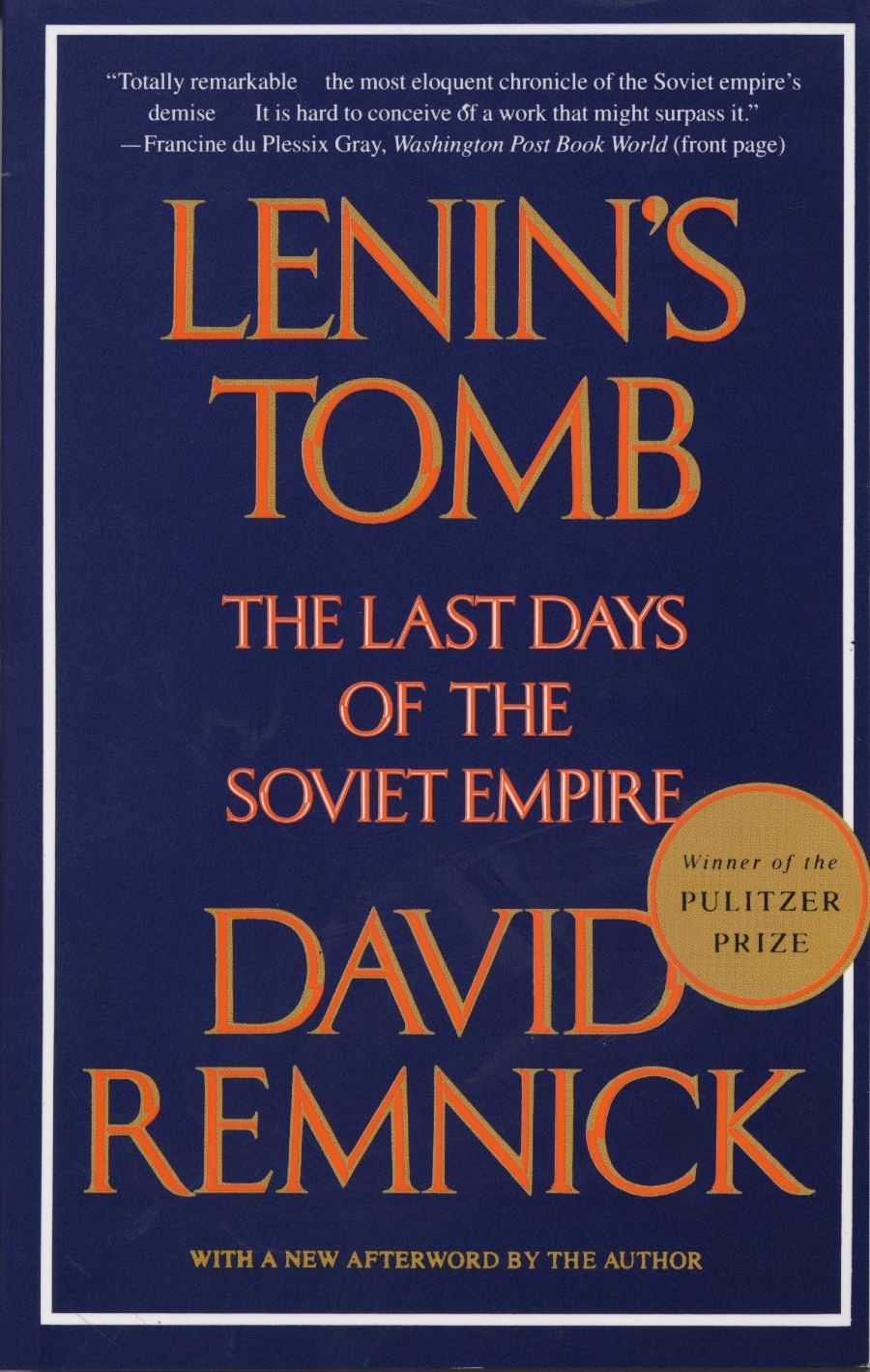
Prozac Nation – Elizabeth Wurtzel (1994)
Written with witty insight, Elizabeth Wurtzel’s memoir Prozac Nation details the author’s struggle with depression as she navigates breakdowns, suicide attempts, drug therapy, and tries to discover a journey back to living. While being an immensely heavy read, it’s been said to represent the voice of a generation: one who has come of age in the culture of divorce, economic instability, and AIDS.
In a retrospective review by The Guardian, Erica Wagner writes: “Yet the pull towards revelation, and the push back against it, has always been the compelling tension in the memoir form. How much is enough? How much is too much. Elizabeth Wurtzel was, in all her writing, thrillingly too much – and the world is a poorer place without her.”
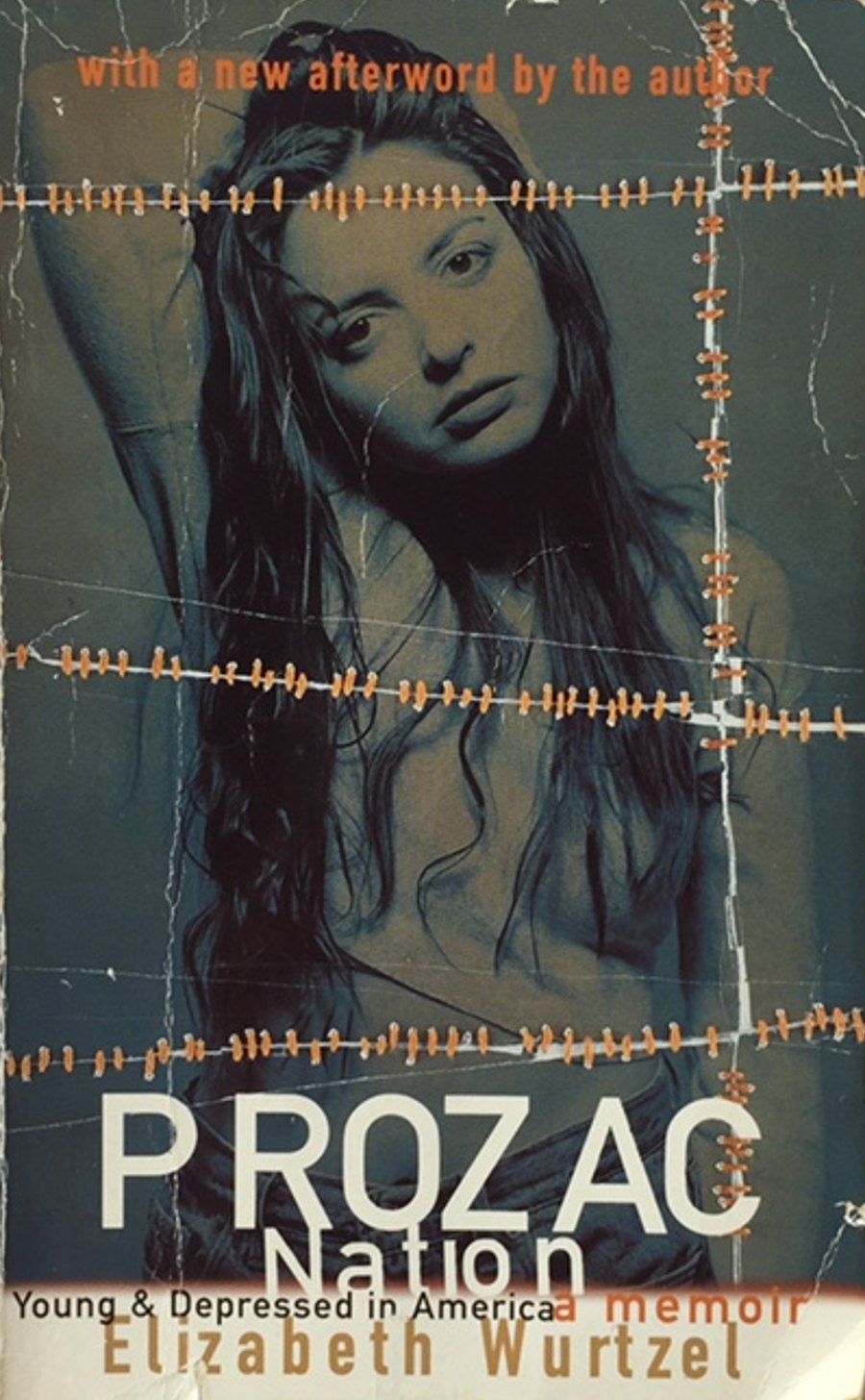
The Color of Water: A Black Man’s Tribute to His White Mother – James McBride (1995)
Having sold more than 2.1 million copies worldwide, The Colour of Water is one of the most enduring examples of celebrated non-fiction. The memoir tells the story of James McBride and his white, Jewish mother Ruth. At 17, Ruth — a Polish immigrant — fled her home in the South, married a Black man in Harlem, was widowed twice and raised 12 children in New York City — all 12 of whom, she sent to college despite the strains of poverty and hardship.
A profound exploration of the bonds between family, McBride’s memoir took 14 years to write — and is now one of the most widely taught non-fiction books in America.

The Liars’ Club – Mary Karr (1995)
Written by American poet, essayist and memoirist Mary Karr, The Liar’s Club is an autobiographical account of the life of the author, detailing the complex dysfunction and deep trauma of her upbringing in the ’60s, in an east Texas oil town. Widely considered an “essential American story,” The Liars Club received numerous literary nominations and universal acclaim at the time of publication.
In a retrospective essay on the book, Lena Dunham writes: “For a certain group of twenty-something women, consumption of, and passion for, The Liars’ Club is both a rite of passage and a mode of self-identification. The expression over-sharing (of which I am not so fond, as it seems gendered and Internet-y) is made for the girls, the people, who have read Mary and taken her cue. She had allowed for the release of complex feelings, the use of unorthodox language, the poetry of pain to become part of young female friendships. Even those yet to read the book are benefiting from its reverberation.”
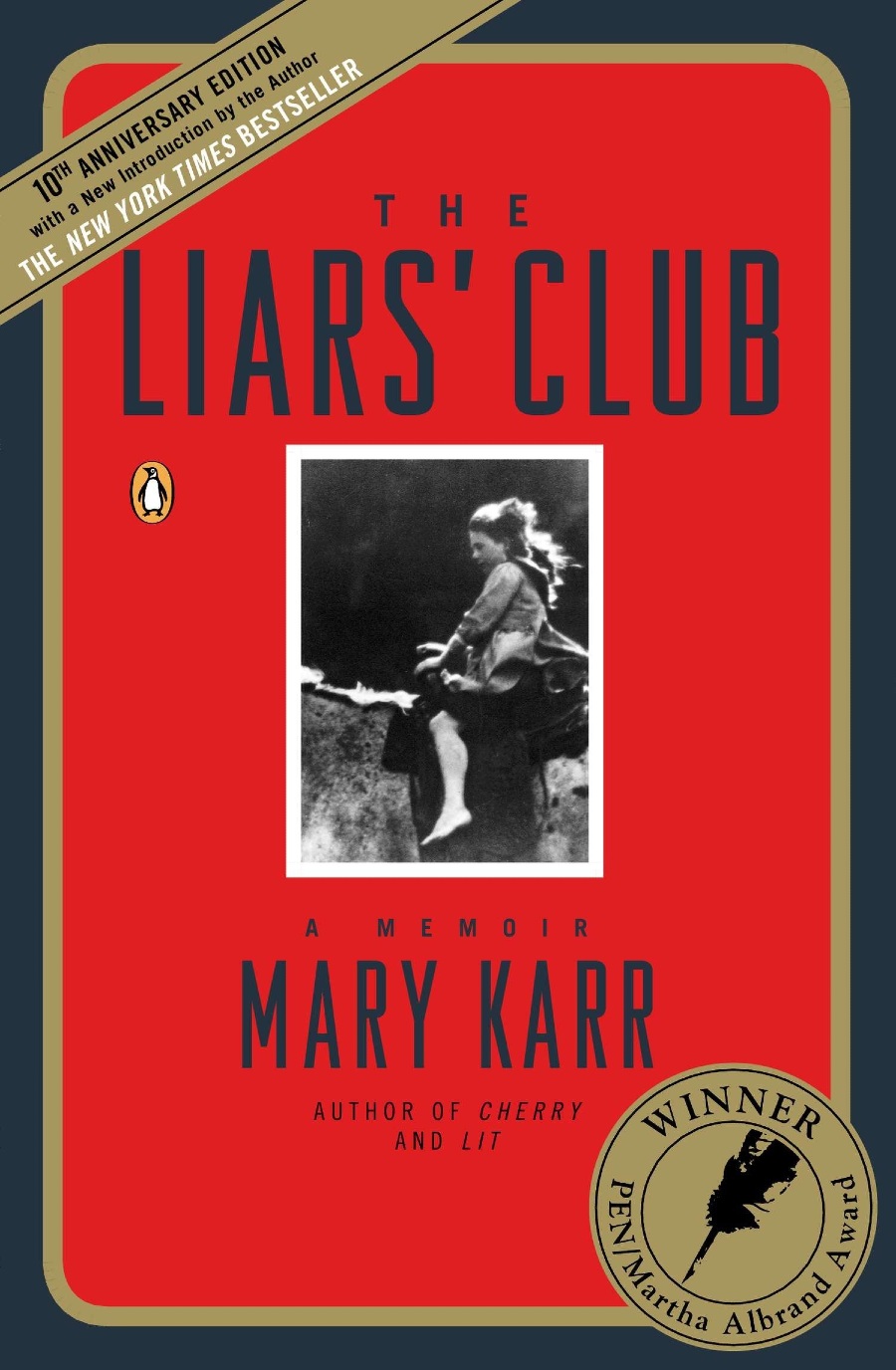
Angela’s Ashes: A Memoir – Frank McCourt (1996)
Angela’s Ashes is a memoir written by Irish-American Frank McCourt that details the beginnings of his life in Brooklyn, New York, US, as well as his migration to Limerick, Ireland, and his upbringing as a poor Irish Catholic. Filled with a variety of anecdotes about his childhood, McCourt’s non-fiction book is imbued with wit, passion and the author’s thrilling storytelling skill — it’s no surprise that the memoir won McCourt the Pulitzer Prize for Biography in 1997.

How the Mind Works – Steven Pinker (1997)
How the Mind Works is a lucid work of non-fiction that investigates the mind’s inextricable connection to the brain, deconstructing it through investigating multiple aspects of mental life. As described in a review by The Sunday Times: “Why do memories fade? Why do we lose our tempers? Why do fools fall in love? Pinker’s objective in this erudite account is to explore the nature and history of the human mind… He explores computations and evolutions, and then considers how the mind lets us “see, think, feel, interact, and pursue higher callings like art, religion and philosophy.”
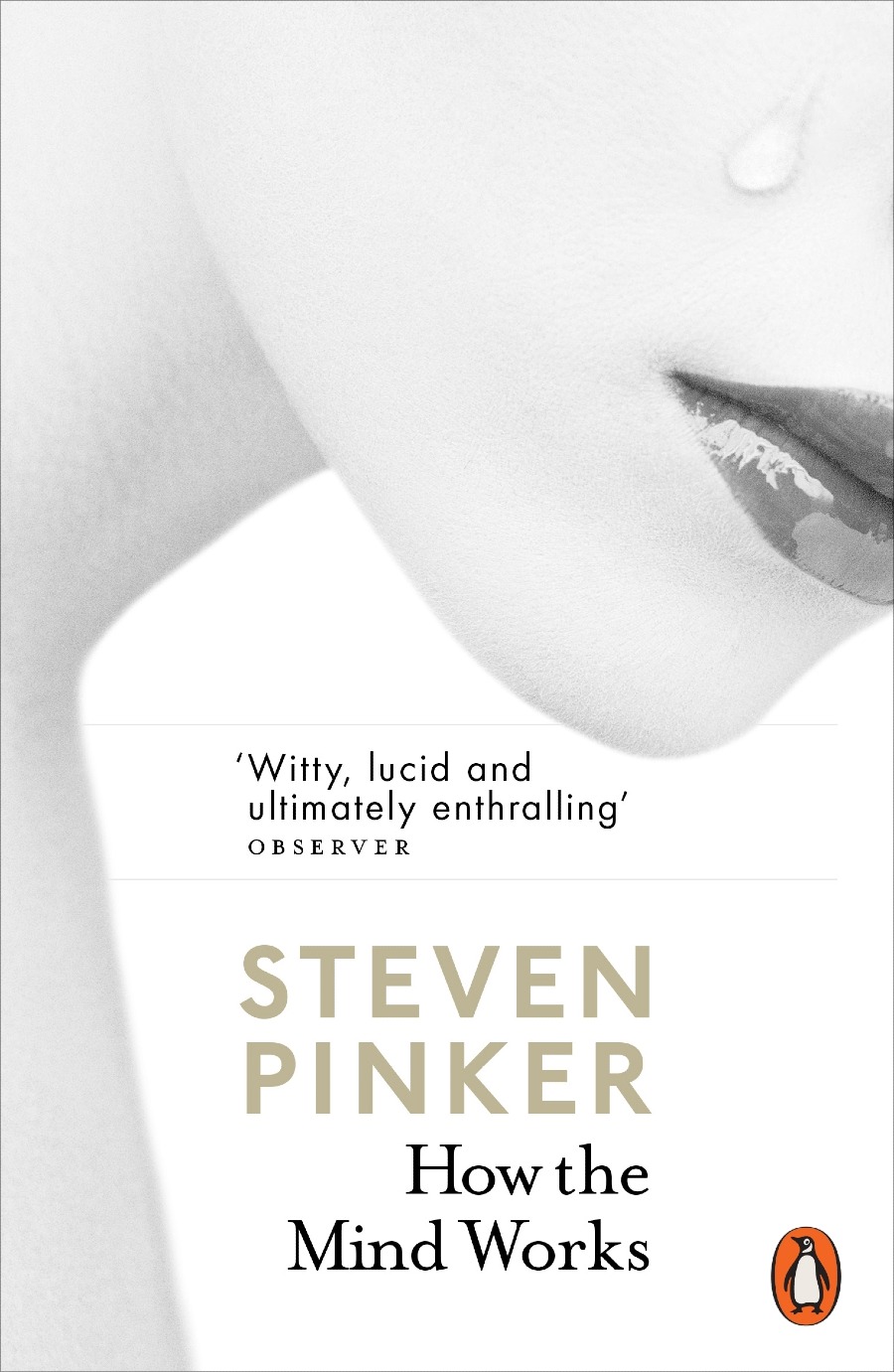
The Rape of Nanking: The Forgotten Holocaust of World War II – Iris Chang (1997)
A profound work of moral inquiry, The Rape of Nanking is a heavily researched non-fiction book about one of the most brutal massacres in the world. In December 1937, within weeks of the Japanese invasion, more than 300,000 Chinese civilians and soldiers were systematically raped, tortured, and murdered in the city of Nanking — a death toll exceeding that of the atomic blasts of Hiroshima and Nagasaki combined. Using a mix of historical documentation and interviews with survivors, Iris Chang presents a compelling, and deeply expansive, telling of an unspeakable atrocity of war.
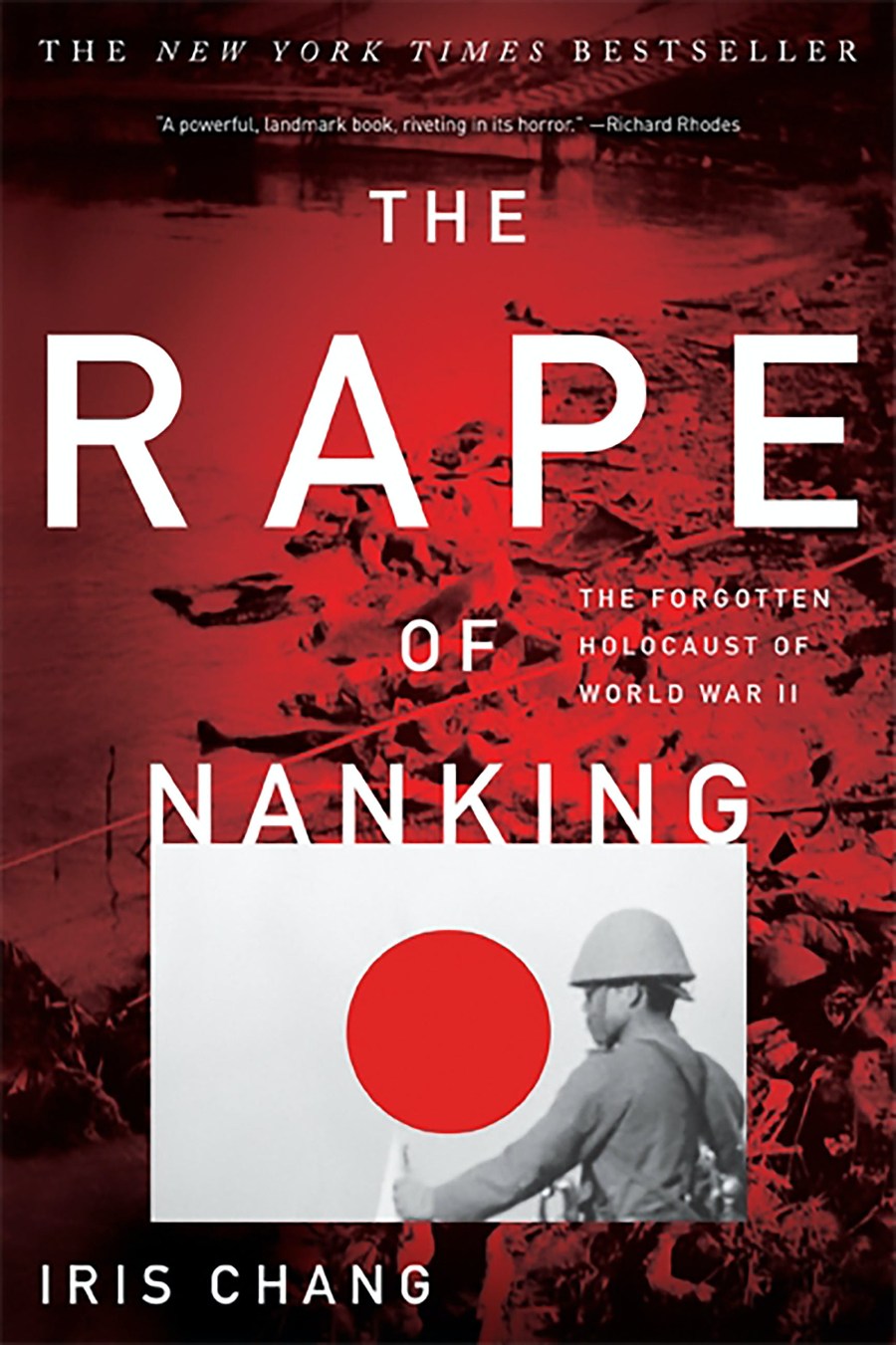
Tuesdays with Morrie – Mitch Albom (1997)
Simple yet powerful, Mitch Albom’s memoir Tuesdays with Morrie details the author’s experience of reconnecting with his old college professor Morrie Schwartz, as the older man enters the final months of his life after been diagnosed with ALS. What ensues is a complex, emotional portrait of ageing, human connection, and the value of life.
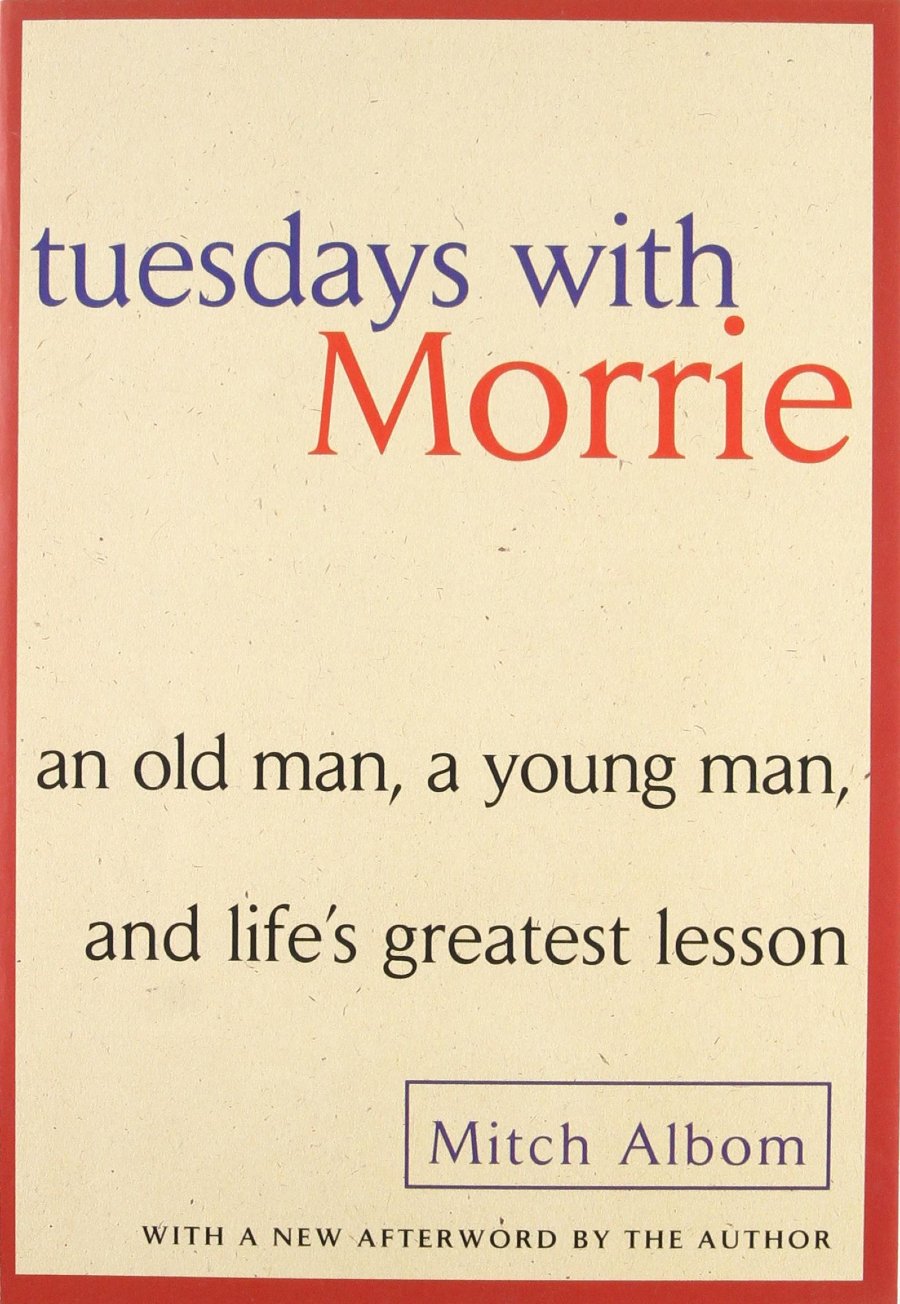
Ex Libris: Confessions of a Common Reader – Anne Fadiman (1998)
The daughter of both a former author and WWII Time Magazine correspondent, Annalee Faidman, and a renowned literary critic, Clifton Fadiman, Anne Fadiman’s love for literature was hereditary. To honour her biblio-centric upbringing, Ex Libris is a charmingly witty set of essays that recounts the author’s life-long love affair with literature.
As reviewed in The New York Times: “First published in slightly different form in a column called “The Common Reader,” written by Fadiman for Civilization magazine, these essays also breathe new life into such seemingly tired subjects as reading aloud, secondhand books, plagiarism and how children regard their parents’ libraries. (Fadiman reports that her daughter thought that John Updike’s “Rabbit at Rest” was a story about “a sleepy bunny.”)… Her purpose in writing them was to go to what she considers the heart of reading: “not whether we wish to purchase a new book but how we maintain our connections with our old books, the ones we have lived with for years, the ones whose textures and colors and smells have become as familiar to us as our children’s skin.”

